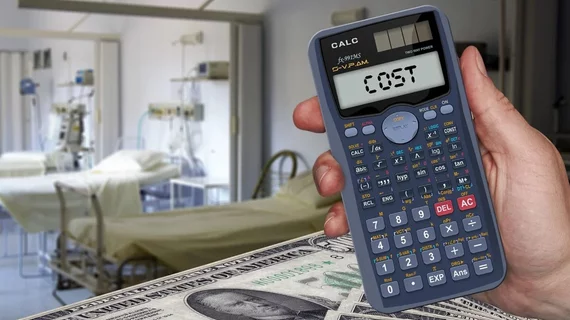Federal program fumbling funds for uninsured COVID patients
Last April the Trump administration launched an HHS-led program to reimburse hospitals and other healthcare providers for testing and treating uninsured COVID-19 patients. This past weekend the New York Times reported on the low-profile program’s performance to date.
After reviewing program payments and interviewing stakeholders, reporter Abby Goodnough suggests the initiative—officially the Health Resources & Services Administration (HRSA) COVID-19 Uninsured Program—hasn’t been uniformly poor so much as undeniably erratic.
The evidently “quickly concocted plan” has confounded some participating hospitals, Goodnough writes.
“Few patients seem to know the program exists, so they don’t question the charges,” she found during her investigation. “And some hospitals and other medical providers have chosen not to participate in the program, which bars them from seeking any payment from patients whose bills they submit to it.”
While Goodnough’s evidence is largely anecdotal, her numbers make her conclusions defensible. Examples:
- As of last week, U.S. providers had been reimbursed a total of $851 million from the fund—$267 million for testing and $584 million for treatment. But the Kaiser Family Foundation has estimated that hospital costs for uninsured COVID patients could total from $13.9 billion to $41.8 billion.
- The total average charge for uninsured and hospitalized COVID patients $73,300. But reimbursements have “varied widely with few obvious explanations,” Goodnough reports. For example, providers in New York have received around half of the $72 million sent to those in neighboring New Jersey.
- The HRSA program is part of the Provider Relief Fund, which started with $175 billion but has been cut back to $60 billion.
Goodnough also puts a human face to the inconsistencies, telling the stories of one uninsured patient who returned home from COVID hospitalization only to be billed $36,000 and another who’s been told he owes $85,000.
One of the tripping points is the program’s stipulation that all non-pregnant patients must have COVID as their primary diagnosis. Lots of COVID patients have serious chronic conditions, making their primary diagnoses difficult to distinguish from secondary ones.
Another difficulty is the ongoing battle between some states and the federal government over Medicaid.
“Unlike previous administrations during public health emergencies, Mr. Trump’s has not encouraged even temporary expansions of Medicaid—except for limited COVID testing—in states where the program covers few poor adults,” Goodnough points out.
On this point Sara Rosenbaum, a professor of health law and policy at George Washington University, comments: “You’re seeing a clash between enhancing Medicaid to allow it to cover the uninsured versus providing a fixed amount of bailout money for providers who can figure out how to get to it.”

